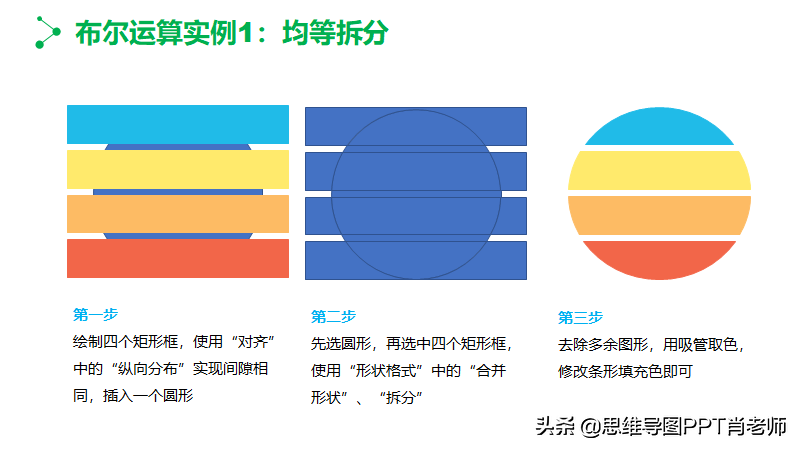- 系统环境:Windows 10
- Excel:2010版本
正则表达式三大方法
Replace,Test,Execute
Replace,主要作用就是替换满足Pattern的字符,在之前的文章已经介绍
Part 1:Test
- 返回布尔值True,False
- 判断匹配是否成功
Sub test()
S1 = "VB_Office"
Set myReg = CreateObject("VBSCRIPT.REGEXP")
With myReg
.Pattern = "V"
.Global = True
.IgnoreCase = True
NewS1 = .test(S1)
End With
Debug.Print ("NewS1=" & NewS1)
With myReg
.Pattern = "v"
.Global = True
.IgnoreCase = False
NewS2 = .test(S1)
End With
Debug.Print ("NewS2=" & NewS2)
End Sub
输出结果
NewS1=True
NewS2=False
.IgnoreCase = False,表示区分大小写,所以NewS2结果为False
Part 2:Execute
- 返回满足条件的集合,可以理解成一个数组,如图1所示
- 使用For each 导出匹配项
Sub test()
S1 = "VBA AB BC VF "
Set myReg = CreateObject("VBSCRIPT.REGEXP")
With myReg
.Pattern = "bV."
.Global = True
.IgnoreCase = True
Set NewS1 = .Execute(S1)
End With
For Each X In NewS1
Debug.Print (X)
Next
End Sub
- .Pattern = "bV."表示匹配单词边界,并以V开头的两个字母
- b表示begin with
- .表示1位
- 综上这个正则的意思是,以V开始的连续两个字符
图1 执行过程NewS1变量
图2 代码截图及运行结果
- 修改示例后
Sub test()
S1 = "CVBA AB BC VFS "
Set myReg = CreateObject("VBSCRIPT.REGEXP")
With myReg
.Pattern = "bV."
.Global = True
.IgnoreCase = True
Set NewS1 = .Execute(S1)
End With
For Each X In NewS1
Debug.Print (X)
Next
End Sub
图3 代码截图及执行结果
以上,为本次的介绍内容,下回见。
本文首发于微信公众号:Excel高效办公之VBA。排版和细节略作修改,发于头条








